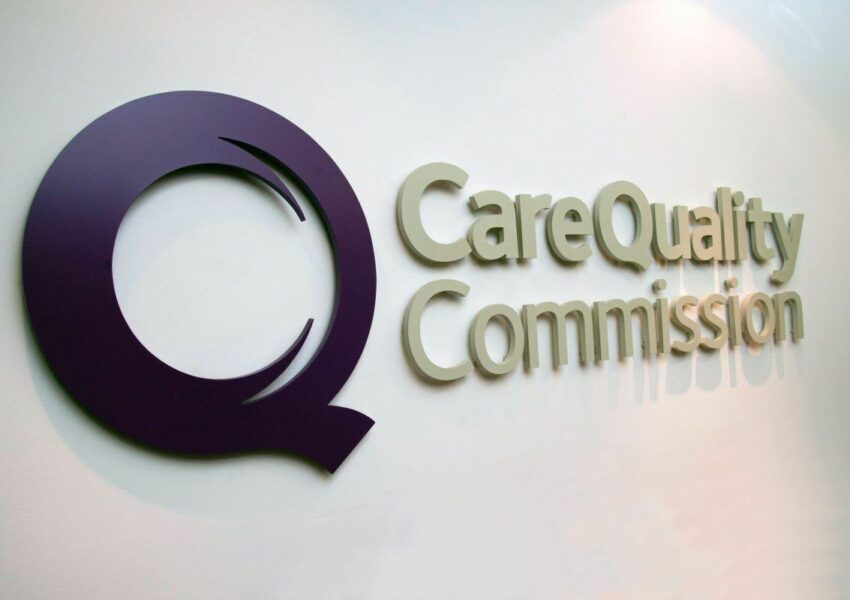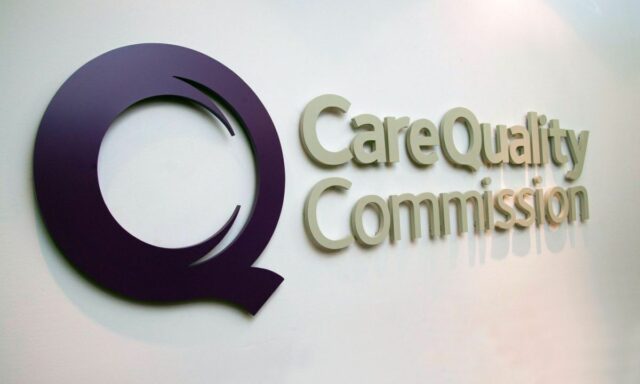Upgrading CQC second opinions: building on experience to deliver a smarter product
19 August 2025

When Thalamos first started working with the Care Quality Commission (CQC) in 2020, the need was urgent. COVID-19 restrictions meant that Second Opinion Appointed Doctors (SOADs) could no longer travel to meet patients in person, and the law was changed to allow assessments to be carried out via phone or video. The CQC required a secure, digital way to conduct those assessments, complete the legal paperwork and share it with the right people. Thalamos built and launched that first product in record time.
The end result was a digital product that has supported almost 30,000 second opinion assessments over a five-year period, with upwards of 90% adoption by SOADs.
During that time, the system has become a daily tool for around 150 SOADs across England. Adoption was high, and feedback was positive. The product replaced cumbersome, paper-based and Word document workflows with a more secure, consistent and compliant digital process. However, as with any first-generation product, limitations emerged. Small frustrations, manual workarounds and a lack of certain features were repeated in feedback sessions. Together they provided a clear roadmap for what a second-generation product could deliver.
Now, Thalamos has rebuilt the CQC second opinion product. Senior Account Manager Sophie Hadley and Product Manager Matthew Smith have been closely involved throughout, working with SOADs, CQC administrators and providers to ensure the new system meets real-world needs. They explained more.
Balancing the needs of many
Designing for SOADs is different from working with NHS trusts. SOADs are often self-employed, working independently and without the standardised team processes common in hospital settings. They approach assessments in their own ways, and that variety needed to be reflected in the product. The team avoided forcing a rigid, linear workflow. Instead, the new system supports multiple approaches, allowing users to enter information in whatever order suits their practice.
Gathering feedback was complex. The CQC is the formal customer, but SOADs are the primary users, and providers are secondary users who receive completed forms. Input had to be gathered and balanced from all three groups. Thalamos’ long-standing relationships with SOADs were crucial, enabling in-depth user engagement despite the CQC’s arm’s-length management of the group.
Key improvements
One of the most requested changes was the ability to amend an assessment without starting from scratch. In the previous system, any changes required manual edits to a Word copy or a complete redo of the form, something that could occur in 5-10 % of cases. The new product introduces a structured amend process, with an audit trail visible to both SOADs and providers. This improves transparency, reduces duplication of work and saves significant time.
Alongside this, new progress indicators make it clear where an assessment sits in its journey from request to completion. Providers, often mental health administrators at the requesting hospital, now have visibility of the status, removing the need for repeated calls and emails to CQC administrators or SOADs.
Integration with the NHS Personal Demographics Service (PDS) has also been added. This allows SOADs to verify patient details directly within the system, improving accuracy and reducing the risk of duplicate records. For providers, it means the returned forms are more likely to match existing patient records, reducing admin work and the likelihood of further amendments.
Built for flexibility
The product is designed for use on desktops, laptops and tablets, reflecting the varied ways SOADs work. While many complete assessments from home, others dip in and out of the system on the go. Because assessments can be completed over hours, days or even weeks, the design accommodates switching between devices and working in multiple sessions.
This version also lays the groundwork for future enhancements. In its current form, the process starts only after the CQC awards a case to a SOAD. In future, Thalamos aims to extend the digital journey to include the initial request from providers, capturing richer and more accurate information upfront, giving SOADs fuller context, and giving providers visibility from the start.
Data as a driver
Version one of the Thalamos CQC product provided usage data relating to how many forms had been completed. The rebuilt product has far greater analytical potential. It can show how many assessments are created but not finished, how often amendments occur, and whether usage patterns align with what SOADs and the CQC report in feedback.The system now captures ethnicity and demographic information for the
first time, offering opportunities for the CQC to analyse trends and patterns in assessments. There is also scope to support the CQC’s audit processes by providing dashboards on SOAD activity, provider practices and other insights currently locked away in paper or static files.
A foundation for changeWhile the upgrade delivers immediate benefits, it also positions the CQC to take bigger steps in the future. Thalamos has built with expansion in mind, ensuring the product can support new features without another rebuild. This forward-thinking approach reflects the team’s understanding that the most valuable digital products are not just fit for today’s needs but adaptable to tomorrow’s.
Some of these future features are already in planning, such as integrating the request process, improving provider communication channels, and offering richer case management tools for the CQC. These would further reduce administrative burden and improve information flow across the system.
Managing rollout
Rolling out a new version to such a specialised, dispersed user base required careful preparation. In version one, every SOAD was trained individually, around 150 one-to-one sessions. For this launch, Thalamos developed a self-led e-learning package, supported by optional webinars and one-to-one follow-ups. A pilot phase with a small group of SOADs ensured the system was running smoothly before wider release.
Providers were kept informed through multiple communications, webinars and demonstrations, with positive feedback and no major concerns raised.
Indeed, one long-standing SOAD who has been conducting assessments since the 1980s said of the new product: “I was shocked at how quickly I completed on V2. I normally take over an hour and I have already finished.”
Behind the scenes, the team also strengthened the product’s compliance and safety framework, introducing documentation and governance processes more in line with NHS trust standards than the CQC’s own requirements. This reflects a commitment to building not just a better product, but a safer and more robust one.
Closing the loop
The upgraded CQC second opinion product shows what can be achieved when real-world experience, user feedback and technical ambition are brought together. It keeps the familiar layout and workflow SOADs valued in version one, but adds the flexibility, transparency and data-driven capability needed for the future. By building on lessons learned and anticipating what is next, Thalamos has delivered a product that not only meets current needs but opens the door to a more connected, efficient and insightful second opinion process now and in the future.


